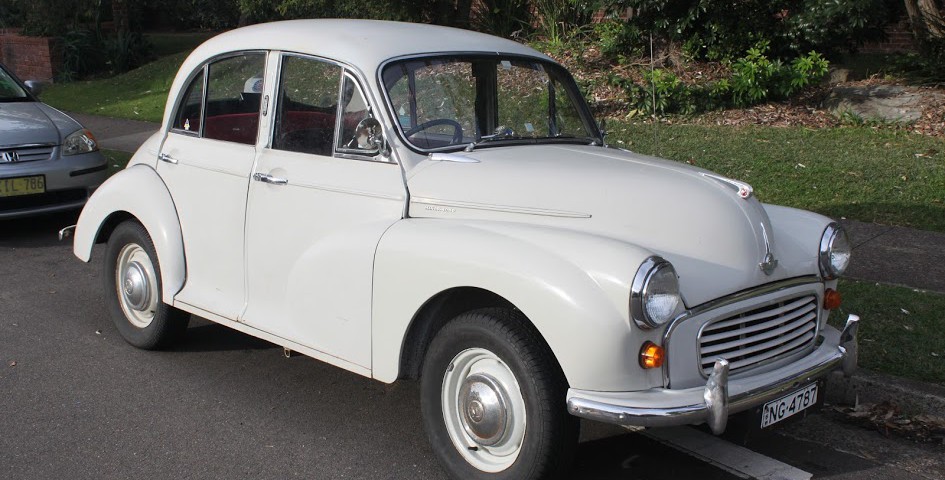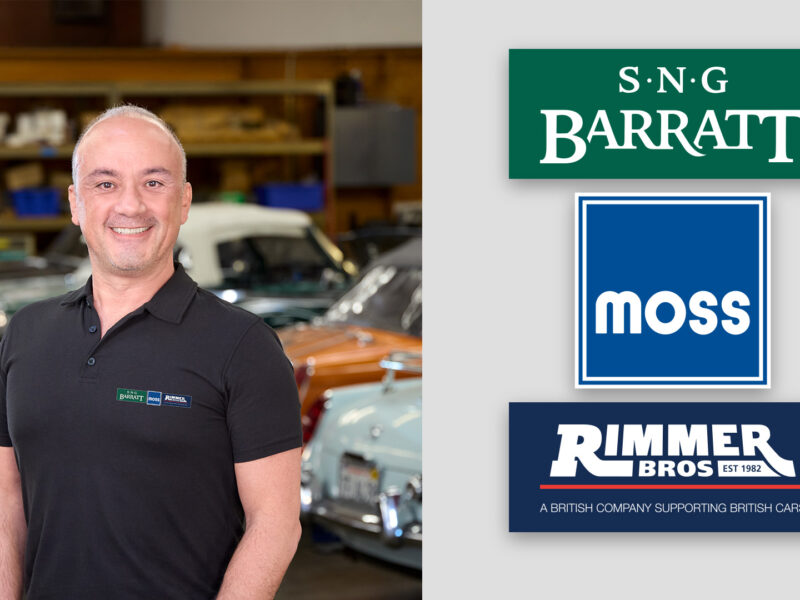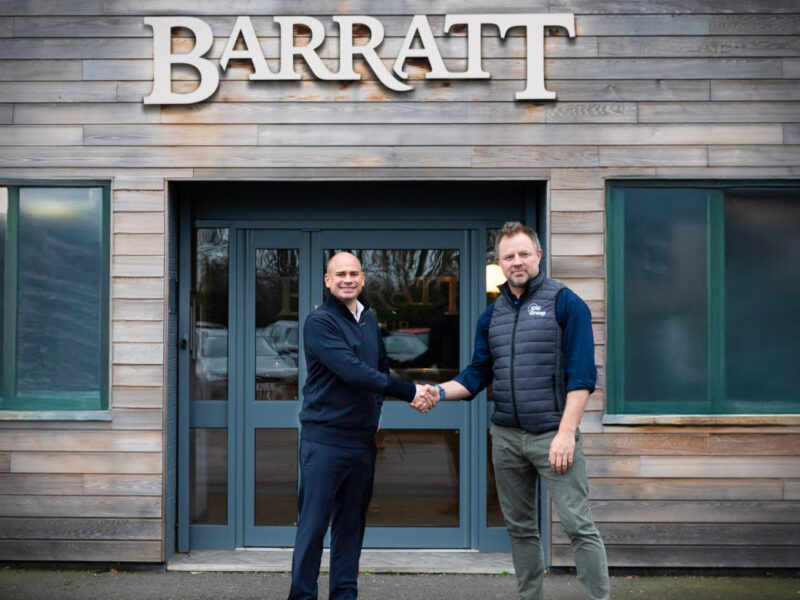(On our travels around the country with the Moss Road Show, we’ve been struck by the large numbers of Morris Minors and their enthusiastic owners we met. So we asked Tony Burgess of the Morris Minor Registry to give us an update on the “Mighty Minor” scene in the U.S. today. —Ed.)
The Morris Minor has been called many things since its introduction at the Earls Court Motor Show in 1948: cute, ugly, and practical, to name a few! The first of many brilliant accomplishments from Sir Alec Issigonis, the Minor was to set a new standard for British post-war automobiles. Sir Alec’s later project, the Mini Minor, later known as just the Mini, set a new standard for world-class automobiles regarding the use of space and transverse-mounted, front drive power plant.
The Morris Minor was designed during WWII with the intent of replacing the aging Morris sedan line at the conclusion of hostilities. The concept car, named the Mosquito, was built with a horizontally opposed, flat four-cylinder engine, a unitized all-steel body, and rack and pinion steering. Due to the merger of Morris and Austin during this same period, a last-minute switch replaced the flat four with Austin’s A scries 918cc flathead engine.
Another interesting item was that just before production started, Sir Alec felt the car didn’t look just right. He therefore had the prototype car cut in half, front to back, and had his designers slowly separate the left and right halves until it looked “just correct!” The added width was four inches. The problem was that production had already started on the front and rear bumpers, so they were cut in half, and a four-inch fillet plate was added to the bumpers until the existing stock was depleted. You can identify these early Minors by their three-piece bumper setups.
During the Minor’s production between 1948 and 1972, very few changes were made to the overall appearance of the car, other than some functional and safety items. The headlights on the early British cars were mounted low in the grille, but were later moved up into the front wings due to safety regulations. “Low-lights,” as these cars were called, were never imported directly into the United States, although some were brought in from Canada. Engine size grew from the original flathead to the final 1098cc A series in the last Minor 1000 model.
Over one and three quarter MILLION cars were built, and it was the first British car to reach the 1 million mark! To celebrate this occasion, 350 cars were produced as Minor 1,000,000 with special Million badges, lilac paint, and white leather interior. Many of these cars are still on the road, including half a dozen in North America. The Minor was available in six body styles: a two- and four-door saloon, a four-passenger convertible, a woodie wagon, a pick-up truck, and a parcel van. The woodies’ white ash box is functional in that it was assembled off the car, then bolted to the floorpan when complete. The metal panels between the wood simply fill in the spaces. To compensate for the additional weight on the wagon, the roof and rear filler panels are made of aluminum. (Moss Chairman Howard Goldman owns a superb 1959 example of the Morris Minor woodie!—Ed.)
Many owners have modified their cars with 1275cc engines, rib cage transmissions, rear ends, larger drum brakes, and front disc brakes from early MG Midgets and Austin-Healey Sprites, since these cars were built using a basic Morris Minor platform and a sports car body. Consequently, many parts are interchangeable.
In England, the Morris Minor Club has over 10,000 members and is operated by a professional staff. Here in the U.S., we are just as enthusiastic, if not as numerous. If you have a Minor, or are interested in this little English wonder, contact the Morris Minor Registry: 318 Hampton Park, Westerville, OH, 43081-5723. You can call us at (614) 899-2394. We welcome owners and enthusiasts alike!
—Tony Burgess, President, MMR
Photo source: jeremyg3030 via Flickr








'Morris Minors: New Love for an Old Classic' has no comments
Be the first to comment this post!